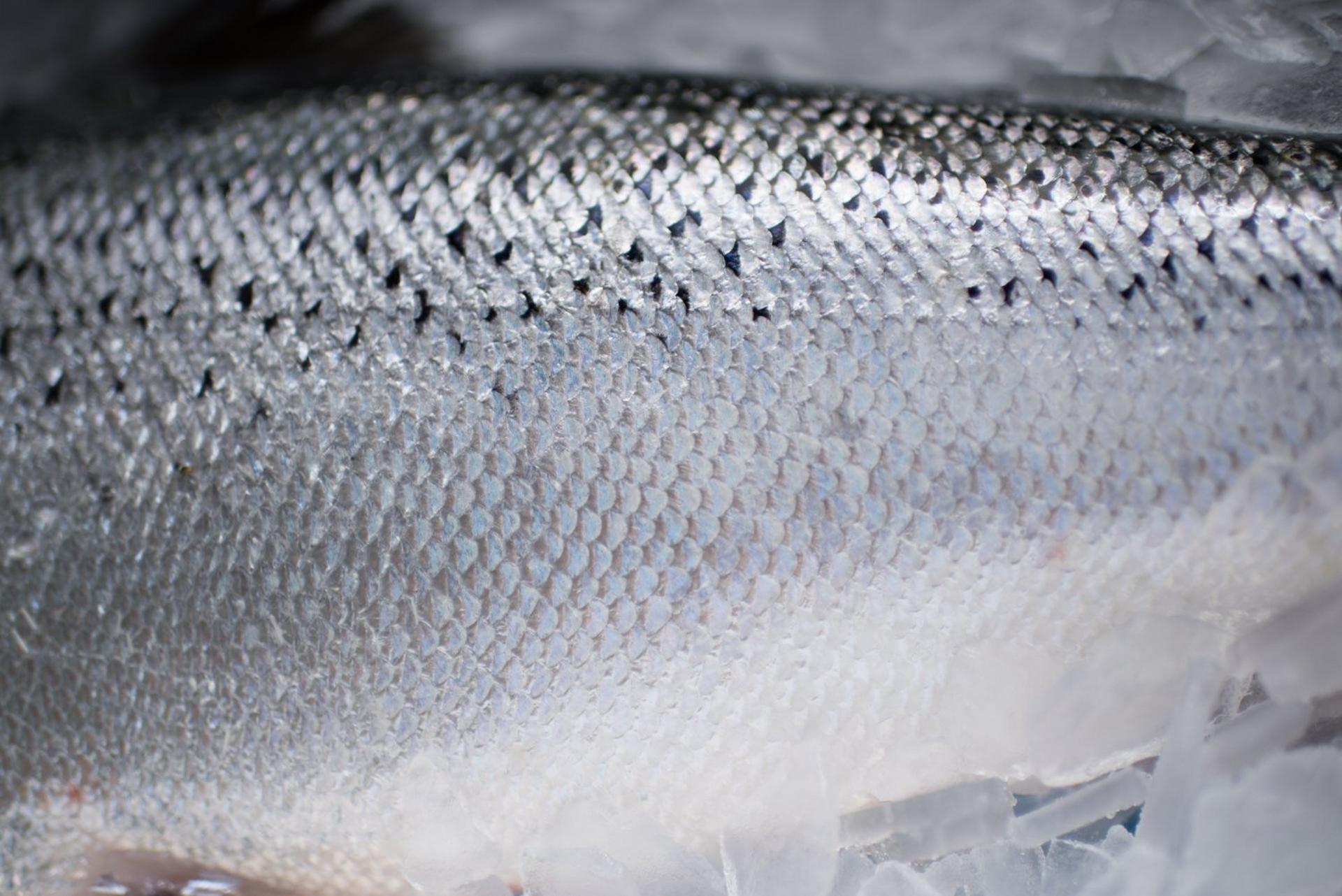Results
Growth Performance
Despite the variations in dietary protein and lipid levels, no significant differences were observed in the specific growth rate (SGR) of the fish. The fish approximately doubled their body weight, reaching around 1900 grams by the end of the trial. The SGR values ranged from 1.42 to 1.62, demonstrating robust growth across all dietary treatments.
Feed Conversion Ratio (FCR)
The feed conversion ratio (FCR) showed significant variation in response to the dietary treatments. FCR generally decreased with increasing crude lipid levels, suggesting more efficient feed utilization. Two-way ANOVA revealed significant effects of both crude protein and crude lipid on FCR (p<0.0001),
indicating that protein partially served as an energy source in the diet.
Protein Efficiency Ratio (PER)
The protein efficiency ratio (PER) was significantly influenced by both crude protein (p<0.007) and crude lipid levels (p<0.0001). PER decreased with higher protein and lower lipid levels in the diet, highlighting the importance of balancing these nutrients for optimal feed efficiency.
Hepatosomatic Index (HSI)
The hepatosomatic index (HSI) showed significant differences due to dietary protein and lipid levels (Figure 4). Higher dietary lipid levels led to increased HSI, reflecting greater liver lipid deposition. However, the viscerosomatic index (VSI) did not show significant differences, indicating consistent visceral fat deposition across treatments.













